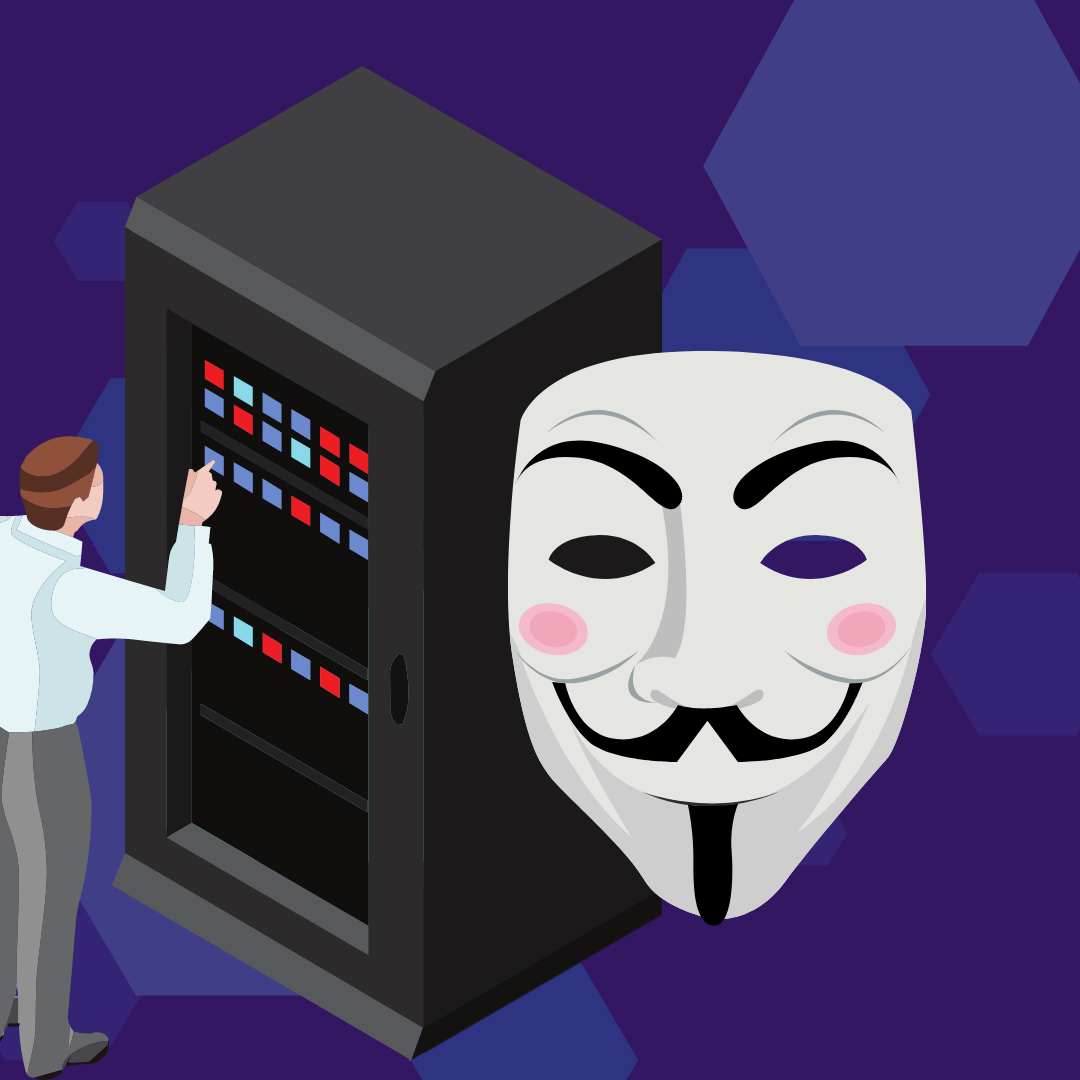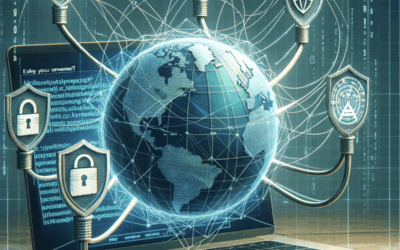Last Word
This article unveils the significance of proxy anonymity in corporate environments for ethical uses such as ad verification, influencer marketing, and big data. We, at ProxyEmpire, shed light on the three distinct types of proxies.
Transparent Proxies (level 3) are prevalent for authentication purposes and internal processes within firms. However, they leak your router’s IP details and readily forward your information via HTTP headers.
Anonymous Proxies (level 2) offer the next level of proxy anonymity, resembling a VPN in functionality. But, they can still be identified as proxies, and extreme cases can lead to IP bans.
Elite Proxies (level 1), which are the same as residential and mobile proxies, are superior in concealing user data by stripping header requests. High utility in general scraping, filter requests, and true anonymity ranks them amongst the best.
For enhanced anonymity, consider residential and mobile proxies. Unlike the normal proxies, these come from real ISPs and aren’t technically proxies at all. They’re procured via backconnect proxies through software agreements, enabling ProxyEmpire to access legitimate household routers and mobile devices. Their functionality isn’t affected by HTTP header requests, maximizing your anonymity levels.
Our integrated dashboard facilitates advanced filtering and granular targeting for your convenience. Feel free to connect with us for any proxy-related queries via our live chat or Facebook chat. ProxyEmpire is here to be your trusted partner in proxy solutions.
Current State in 2024
As of 2024, proxy usage has seen significant growth, driven by increasing concerns over online privacy and security. Here are some key statistics:
| Metric | Value |
| Global proxy market size | $8.2 billion |
| Annual growth rate | 17.3% |
| Percentage of internet users using proxies | 38% |
| Proportion of elite proxies in use | 52% |
| Average number of proxies per enterprise | 12 |
Trends and Projections for 2025
Looking ahead to 2025, several trends are expected to shape the proxy anonymity landscape:
- AI-Enhanced Anonymity: Advanced machine learning algorithms will dynamically adjust proxy configurations to maintain anonymity against evolving detection methods.
- Quantum-Resistant Encryption: As quantum computing threatens traditional encryption, proxy services will begin implementing quantum-resistant protocols to ensure long-term anonymity.
- Decentralized Proxy Networks: Blockchain technology will enable more robust, decentralized proxy networks, making it harder to identify and block proxy traffic.
- IoT-Specific Proxies: With the proliferation of IoT devices, specialized proxies designed to protect the anonymity of smart devices will gain traction.
- Regulatory Compliance Features: Proxies will incorporate features to help users comply with data protection regulations while maintaining anonymity.
Anonymity Level Distribution
The distribution of proxy anonymity levels is expected to shift by 2025:
| Anonymity Level | 2024 | 2025 (Projected) |
| Elite | 52% | 60% |
| Anonymous | 35% | 30% |
| Transparent | 13% | 10% |
This shift reflects the growing demand for higher levels of anonymity as users become more privacy-conscious and as detection methods become more sophisticated.
Emerging Technologies
New technologies on the horizon for 2025 include:
- Adaptive IP Rotation: Proxies that automatically adjust their IP rotation patterns based on real-time threat analysis.
- Biometric Anonymization: Techniques to mask biometric data transmitted through proxies, adding an extra layer of anonymity.
- Cross-Protocol Anonymity: Proxies capable of maintaining anonymity across multiple internet protocols simultaneously.
As we move towards 2025, the focus will be on developing proxy technologies that not only provide high levels of anonymity but also adapt to the ever-changing digital landscape. Users and organizations will need to stay informed about these advancements to ensure they’re truly hidden in an increasingly connected world.
FAQ:
What are proxy anonymity levels?
Proxy anonymity levels refer to the degree of privacy and anonymity provided by different types of proxy servers. These levels are categorized based on how much information about the user and the proxy itself is revealed to the target website.
How many proxy anonymity levels are there?
There are three main proxy anonymity levels:
- Elite Proxies (Level 1)
- Anonymous Proxies (Level 2)
- Transparent Proxies (Level 3)
What are Elite Proxies (Level 1)?
Elite proxies, also known as High Anonymity Proxies, provide the highest level of anonymity. They hide your IP address and don’t reveal that a proxy is being used. Websites cannot detect that you’re connecting through a proxy.
What are Anonymous Proxies (Level 2)?
Anonymous proxies hide your IP address but may reveal that a proxy is being used. They provide a moderate level of anonymity, suitable for many purposes such as bypassing geo-restrictions or conducting market research.
What are Transparent Proxies (Level 3)?
Transparent proxies offer the lowest level of anonymity. They don’t hide your IP address or the fact that you’re using a proxy. These are often used for caching, content filtering, or improving network performance.
How do Elite Proxies maintain anonymity?
Elite proxies maintain anonymity by:
- Hiding the user’s real IP address
- Not identifying themselves as proxies
- Removing or modifying HTTP headers that could reveal proxy usage
What are the main use cases for each proxy level?
- Elite Proxies: Sensitive research, competitive intelligence, high-stakes SEO tasks
- Anonymous Proxies: General web scraping, moderate-scale data collection, bypassing geo-restrictions
- Transparent Proxies: Content caching, network performance improvement, basic content filtering
How can I check the anonymity level of a proxy?
You can check a proxy’s anonymity level by:
- Using online proxy checker tools
- Examining the HTTP headers sent with your requests
- Visiting websites that display your connection information
Are higher anonymity levels always better?
Not necessarily. While higher anonymity levels offer more privacy, they may come with trade-offs such as:
- Slower connection speeds
- Higher costs
- Potential blocking by some websites that detect and restrict proxy usage
Can proxy anonymity levels change?
Yes, proxy anonymity levels can change. Factors that may affect this include:
- Changes in proxy server configuration
- Updates to the proxy software
- Modifications in how websites detect and handle proxy connections
Are there any legal considerations when using high anonymity proxies?
While using proxies is generally legal, it’s important to:
- Comply with the terms of service of websites you’re accessing
- Avoid using proxies for illegal activities
- Be aware of any local laws or regulations regarding internet anonymity tools
Remember, while proxies can provide anonymity, they are not foolproof. For maximum security and privacy, consider using a combination of tools and best practices.




















